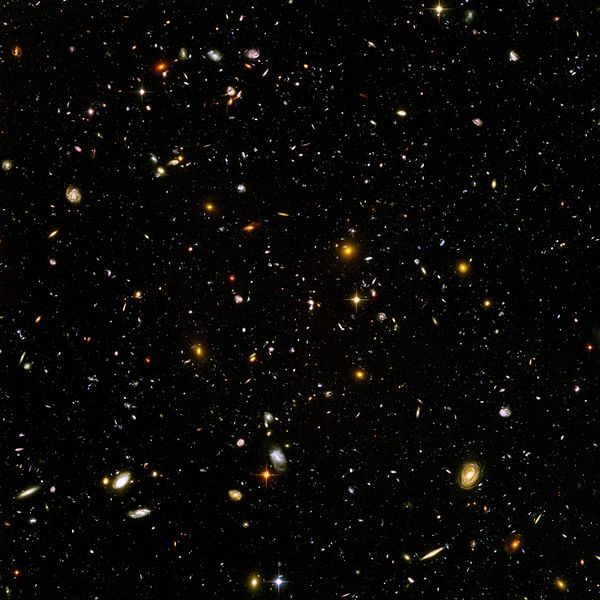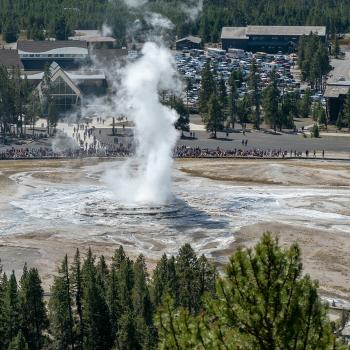
The January/February 2019 issue of Discover includes a fascinating article by Corey S. Powell entitled “The Constant Fight: Behind the astronomical dispute that’s splitting apart the cosmos.” I’ll try to summarize it here, briefly — at least, the bottom line. If you’re interested in understanding the two different approaches to the question, please read the article, which is very clear:
Back in the 1980s, a contentious dispute broke out over the value of the so-called “Hubble constant,” which describes the rate at which the cosmos is expanding. The value assigned to it determines how much time we think has passed since the Big Bang. The slower the expansion rate is, the older the universe is.
On one side of the debate was Allan Sandage, “the towering successor to Edwin Hubble at Mount Wilson Observatory, who calculated the age of the universe was roughly 20 billion years.” (I’m fond of Allan Sandage. Although I didn’t know it at the time, he was a neighbor of mine while I was growing up in San Gabriel, California. And his late-in-life adoption of Christianity — driven, as he said, by his awed wonder at the orderliness of the cosmos — interests me very much. I wish I had met him.) On the other side of the debate were a group whose observations, they said, proved the universe was only half the age that Dr. Sandage assigned to it.
The dispute was passionate, and sometimes tempers flared. And, as it turns out, both sides were wrong. Vastly improved data from the Hubble Space Telescope and the Planck satellite suggests an age for the cosmos of about 13.8 billion years.
But disagreements are emerging again. Less contentious these days, perhaps.
Back in the day, at various scientific conferences, one of the dissidents would say “We measure the Hubble constant to be 100.” “It’s 50,” Sandage would roar in response.
Today, measurements of the Hubble constant that are made on the basis of directly observing (relatively near) stars yield a cosmic expansion rate of 73. But measurements reached through study of the distant microwave glow of the early universe give a value of roughly 68.
The difference may seem small, but it’s momentous in its way, and persistent. Various lines of evidence converge on both of the two distinct numbers — and the implications of this persistent distinction may force the adoption of a quite different model of the universe.
There are lots of big issues — literally huge ones — about the universe already. Why, for example, did it begin to expand in the first place? And why does it seem to be accelerating? But now there’s the possibility that the cosmos has a split identity: Maybe the early universe on which the Planck satellite concentrates by focusing on distant microwave radiation (greater distance means older light) really functions (or functioned) differently than the later universe, studied by the Hubble space telescope through its focus on “local” stars.
Intriguing. It’s not yet all nailed down. Not even remotely.











